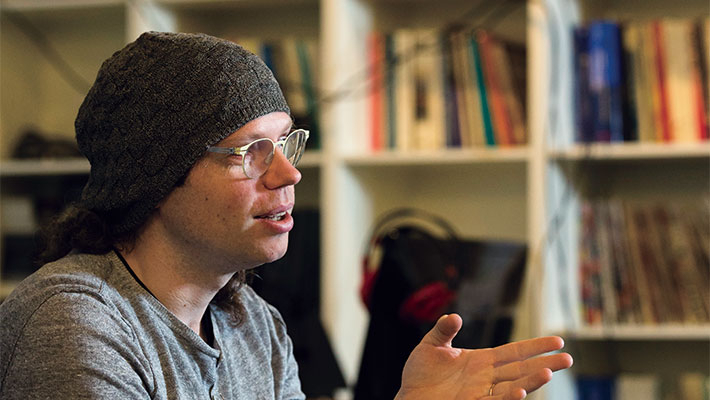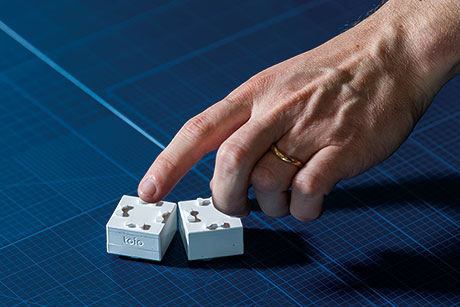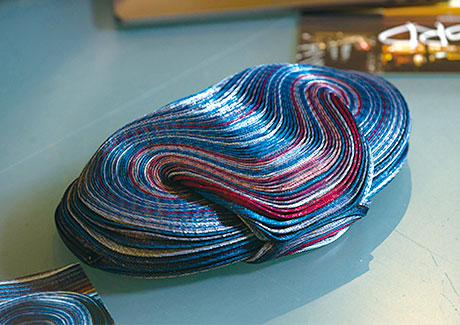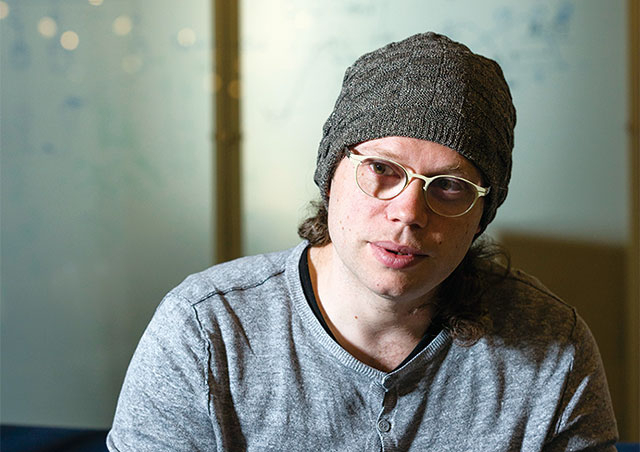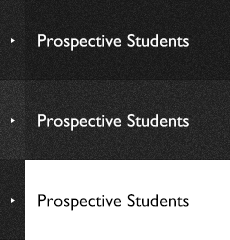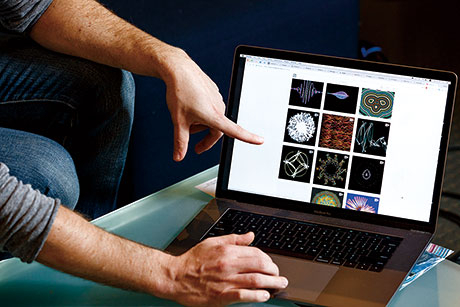
A screenshot of Alexis' Instagram
"Posting on Instagram is how I train my creativity."
While in graduate school at Tokyo Tech, I conducted research on machine learning, computer graphics interfaces, and computer vision which utilizes the characteristics of human vision. Nevertheless, upon starting work at Sony CSL, I was told to conduct different research than what I did at university. I had been waiting for such a challenge and I started by researching video games. While in graduate school, I had opened a seminar together with younger students who sought employment at video game companies. After entering Sony CSL, I decided to try making video games myself. Furthermore, I had set my sights on intentionally creating kusoge (poor-quality games that were quirky and possessed unintentional humor)—a rare genre, to be sure! Why do people find some kusoge to be so interesting to the point that they can't stop playing? The positive aspects of Sony CSL are that the work itself is very interesting and originality is all that is required. Gradually, my research progressed from mere gameplay to the pursuit of beauty—art and aesthetics—which incorporated the visual research that I had conducted at graduate school.
Using computers to draw pictures had always been a hobby of mine. My goal for 2017 is to post a new original animation on Instagram every day, no matter how tired or intoxicated I might be! By committing myself to producing daily animation, I hope to discover a wealth of new ideas and enhance my programming skills—similar to how professional athletes improve through daily practice. As my goal for the coming year, I am considering switching to music production.
Eventually, I was placed in charge of art at Sony CSL. I proposed a program for automatic generation of designs which perfectly match the individual characteristics of users. The program was used to create logos for all researchers. A difficult aspect of creating pictures and designs is selecting colors. In order to reduce the work involved in color matching, I created a program which automatically extracts color schemes from input photographs and then generates a color palette. The result was the color palette extraction system "Omoiiro."
I had originally created Omoiiro as a background program for increasing work efficiency. However, through my work, I became acquainted with designers at ISSEY MIYAKE. The designers were interested in my program and we collaborated in an interesting project using Omoiiro to extract colors/tones from snapshots taken in cities throughout the world. The extracted colors/tones were then used in handbag designs.
The computer automatically decides upon colors based on distinct image data and photographs filled with memories. The results of this automatic processing fit wonderfully with human feeling. This is an interesting and meaningful phenomenon. Today, AI technology is spreading throughout society. In addition to pictures and designs, music has already been automatically generated. In the future, it will become possible to create films in which the story changes depending on the mood of the viewer on that day.


